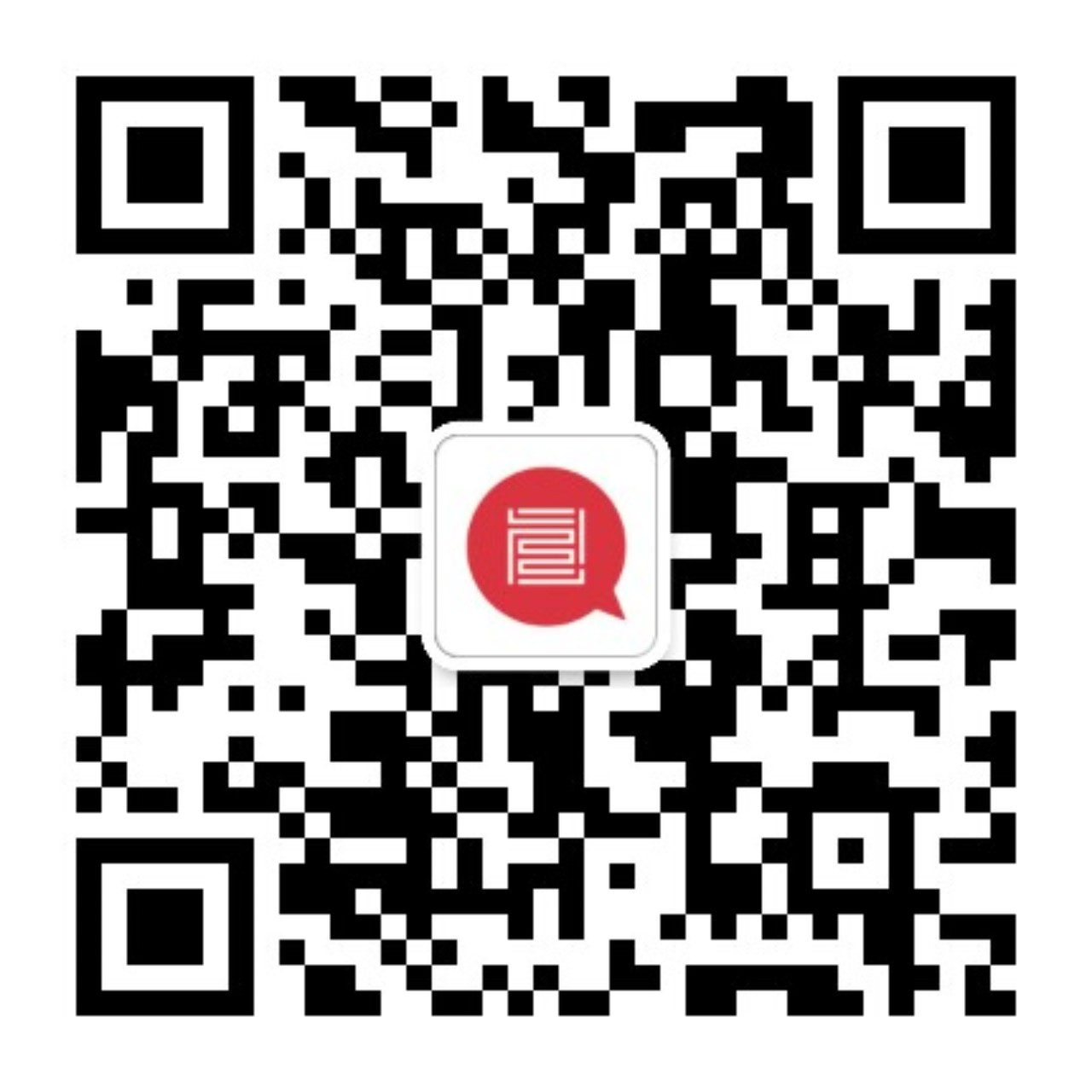

国际知名艺术杂志《艺术论坛》(ARTFORUM)展评“致不灭的你”,作者:Ekalan Hou
以下为翻译内容:
1947年,在第二次世界大战的核武器暴行之后,野口勇(Isamu Noguchi)提出了一个后人类世界纪念碑的构想。《将从火星上看到的雕塑》(Sculpture to Be Seen from Mars)抽象地描绘了一张只有从外太空才能看到的人脸(鼻子长达一英里)。在今日美术馆主厅两层楼高的展板上,野口勇的雕塑体现了由王辛策划、以艺术与技术为主题的双年展“致不灭的你”所追求的平衡,即人造附属之物的新奇与资本主义榨取、劳动剥削和政治征服之间的平衡,前者是一根伸向宇宙、等待接收信号的天线,而后者往往作为技术的先决条件和目的。参展的30位艺术家并没有重演人文主义对抗技术奇异点这种令人生厌的剧目,而是将艺术创作也理解为一种技术活动,这种活动可追溯至石刻和漆器的年代,也在权力结构中制造故障,正如两者间的牵绊。
武子杨和Mark Ramos在其创作的实时模拟和创世网络游戏《未来_预报》(Future_Forecast)中,包含了鼓励去中心化决策和用户对融入网络社会的矛盾心理。该游戏在参照罗德里戈·杜特尔特(Rodrigo Duterte)的“建设!建设!建设!”计划与中国数字丝绸之路倡议后设计而成,反映了电子殖民主义在菲律宾的大行其道和愈演愈烈,同时也是政治机构的训练场。两位艺术家为玩家提供了一系列永久性改变游戏景观的决定权——是建造更多的当地纱丽市场,还是建造更多的赛博朋克建筑?是种植更多树木,还是安装更多信号塔?武子杨和Mark Ramos推动玩家选择对抗游戏的运行条件:即游戏所运行的互联网。二人在行星级计算总量中寻找逃生口,创造了一个反工业化的元平台。
如果说武子杨和Mark Ramos将游戏设计视为我们现有世界与理想世界间纽带的话,那么在江一帆的动画影片《一个星期天早晨》则是居于这两者之间、散发光彩的中间者。在这个短片中,她将三维模型与油画绘制的室内场景并置,描绘了人类突然失去语言的故事。交流只能通过触摸进行,在接触的那一刻,人们实时重温彼此的独特经历,并通过相同性达成人际间的理解。在影片最后,两位分别来自世界两端的主人公拥抱在一起,交流着一生的差异——不可测量的细胞有丝分裂。他们的记忆像原子一样坠落,像微软纸牌游戏的胜利画面一样绚烂。对艺术家来说,软件的使用对象扩大了可交流范围;将油画失真地转译成PS软件的扫描图像,从而产生错误的像素,连同AE软件处理的人物形象与锯齿状、不规则的溢出式文字,都同样妙趣横生。
如果完全放弃语言这个人类创造意义项目的载体会怎样?在《黑冰之舌》(Tongues of Verglas / Les Langues de Verglas)这部24分钟的对瑞士阿罗拉冰川进行数字模拟的作品中,雅各布·库兹克·斯坦塞(Jakob Kudsk Steensen)使用摄影测量学和微距摄影技术,带领观众从冰洞内部,到一滴阿罗拉松树汁液包裹下的地衣。斯坦塞以迷幻的生命形式为描述对象,唤起了充满微小细胞的树脂发光体,以及扎入松树树皮组织的地衣刺毛。潘草原于2021年创作的《腔体(并未某种物体)》以类似的语言,通过漆艺的物质性传达了生物转化的奇迹——漆是通过提炼和聚合中国漆树汁液而产生的物质。对于潘草原和斯坦塞来说,技术是一种生态意识的载体,它绕过了人类的符号系统。展览“致不灭的你”中的参展作品显示:技术是一种与外界伟大事物展开热烈交流的手段,也是人类可替代性的一种条件,是一种政治控制模式,具有不受大规模监控的隐蔽性:告密者与目击者、机器人梦想与愿望机器。
以下为报道原文:
In 1947, following the nuclear atrocities of World War II, Isamu Noguchi proposed a monument for a posthuman world. Sculpture to Be Seen from Mars is an abstract rendering of a human face (with a nose measuring one mile) that is visible only from outer space. Reproduced on a two-story-high panel in the atrium of Today Art Museum, Noguchi’s Sculpture embodies the balance that “To Your Eternity,” an art-and-technology-themed biennial curated by Xin Wang, strikes between the romance of synthetic appendages––an antenna stretched toward the cosmos, waiting for a signal––and the capitalist extraction, labor exploitation, and political subjugation that are often technology’s precondition and purpose. Rather than rehearse the tiresome drama pitching humanism against technological singularity, the biennial’s thirty artists understand artmaking, too, as a technical activity––one that stretches as far back as the days of stone carvings and lacquer work and creates glitches in structures of power as much as it is implicated in them.
Ziyang Wu and Mark Ramos encourage decentralized decision-making and user ambivalence about being included in a networked society in their live simulation and collective world-building game Future_Forecast, 2022–. Designed with Rodrigo Duterte’s Build! Build! Build! program in the Philippines and the Chinese Digital Silk Road initiatives in mind, the game reflects the pandemic’s exacerbation of Chinese electronic colonialism in the Philippines and serves as a training ground for political agency. Offering players a series of decisions that permanently alter the game’s landscape––the choice between assembling more local sari-sari markets or erecting more cyberpunk buildings, planting more trees or installing more signal towers––Wu and Ramos give players impetus to choose against the condition of the game’s operation: the internet it runs on. Looking for an escape hatch within the totality of planetary-scale computation, Wu and Ramos created a meta-platform of counterindustrialization.
If Wu and Ramos take game design as the link between the world we have and the world we want, in Yifan Jiang’s film One Sunday Morning, 2021, animation is the shimmering go-between. In Jiang’s short, which juxtaposes 3D models with oil-painted interiors, humanity suddenly loses language. Communication occurs only through touch. At the moment of contact, people relive each other’s unique experiences in real time and arrive at interpersonal understanding through sameness. At the end of the film, the two protagonists, each from opposite ends of the world, embrace, communicating a lifetime of differences—the mitosis of incommensurable cells. Their memories fall like atoms, swirling with the splendor of a winning screen in Microsoft Solitaire. For Jiang, software objects expand the scope of communicability; the errant pixels produced from the lossy and frictional translation of oil paintings into Photoshop scans and figures in Adobe After Effects afford the same pleasures as words’ jagged and irregular effusions.
What if language is renounced altogether as the vehicle of humanity’s meaning-making project? In Tongues of Verglas / Les Langues de Verglas, 2022, a twenty-four-minute digital simulation of the Arolla Glacier in Switzerland, Jakob Kudsk Steensen uses photogrammetry and macro photography to take viewers on a journey from the stomach of an ice cave to the wolf lichen trapped inside a droplet of Arolla pine sap. With the psychedelia of life-forms as his descriptors, Steensen evokes luminous envelopes of resin teeming with microscopic cells, and the bristle of lichen’s arms against pine bark’s tissues. Pan Caoyuan’s ectoplasmic Cavity (Not a Certain Object), 2021, speaks in a similar tongue, conveying the miracle of biological transformations through the materiality of lacquer—a substance produced via the refinement and polymerization of the sap of Chinese varnish trees. For Pan and Steensen, technologies are carriers of an ecological consciousness that bypasses human systems of semiosis. The works in “To Your Eternity” show technology as a means of ecstatic communion with a great outside and as a condition of human fungibility, a mode of political control with pockets of concealment from mass surveillance: informer and witness, android dream and wish machine.
原文链接:
https://www.artforum.com/events/to-your-eternity-today-art-museum-2023-518869/



已展示全部
更多功能等你开启...





 分享
分享